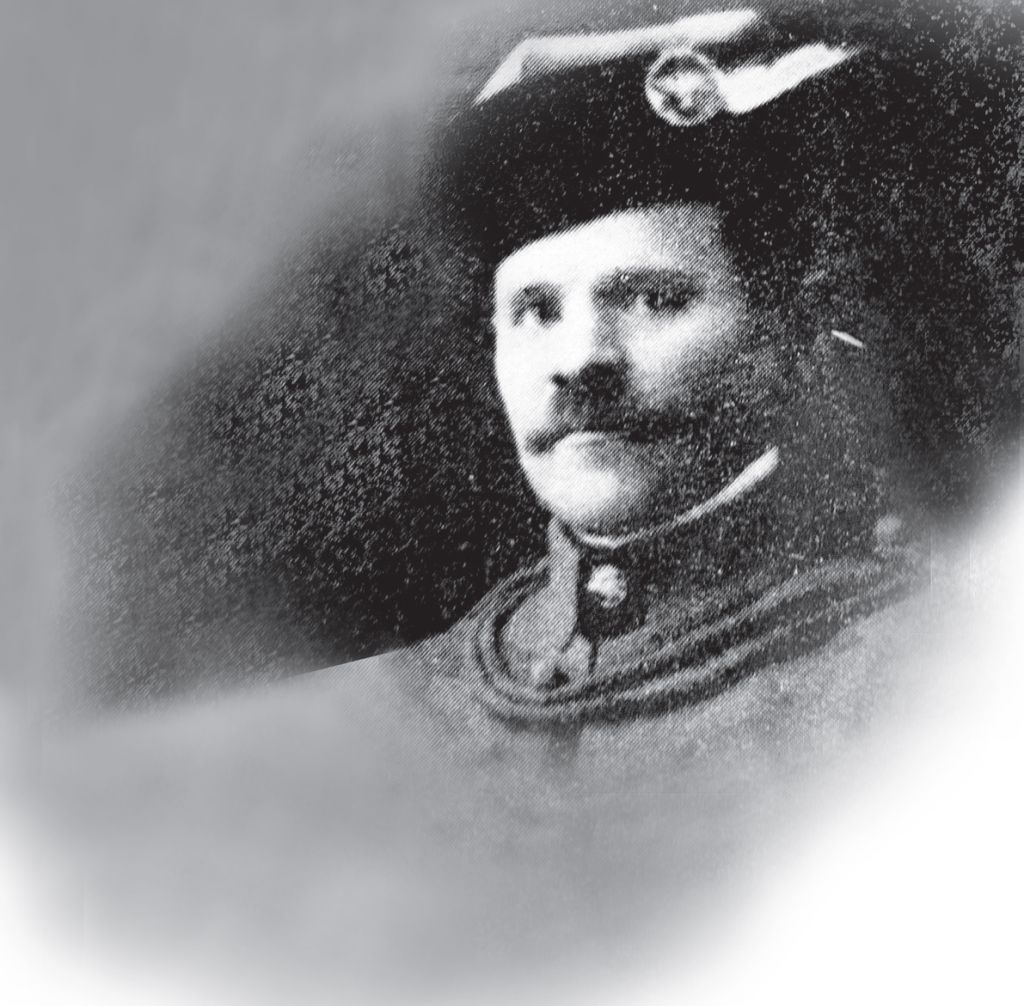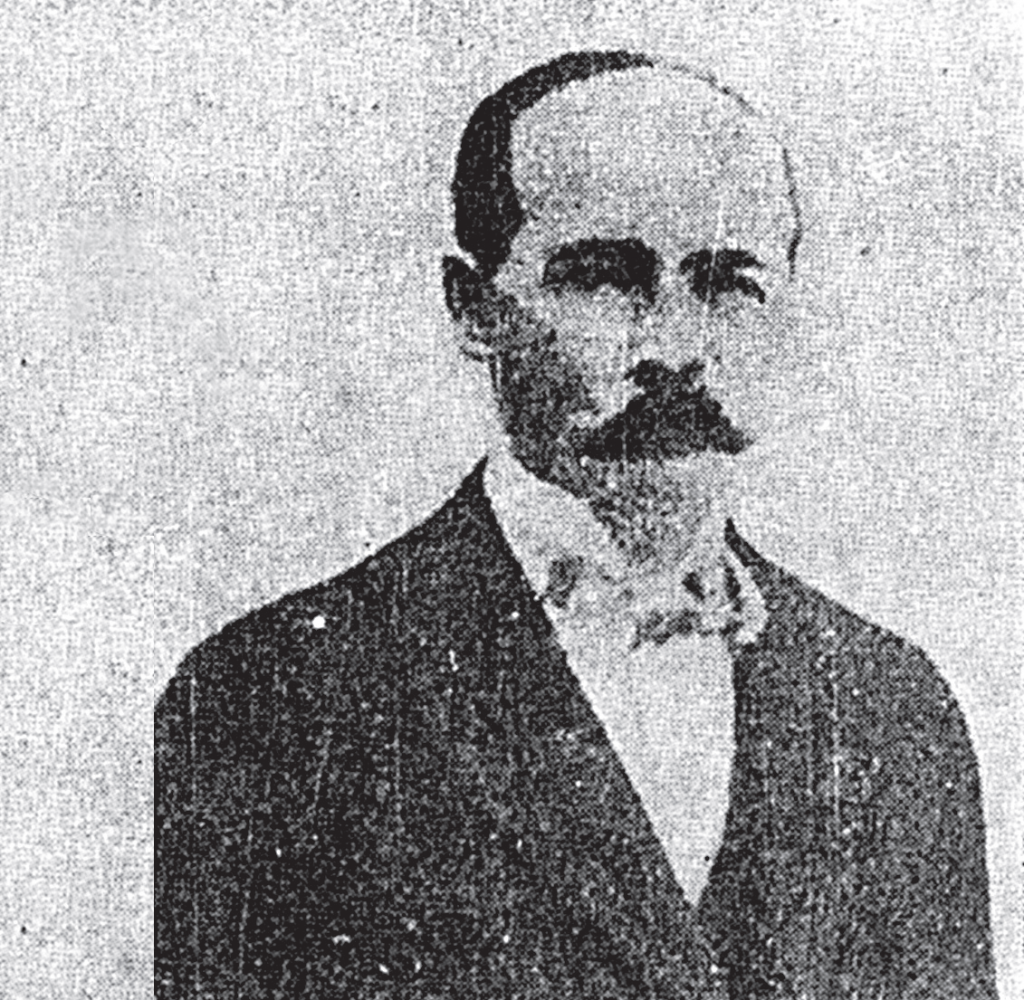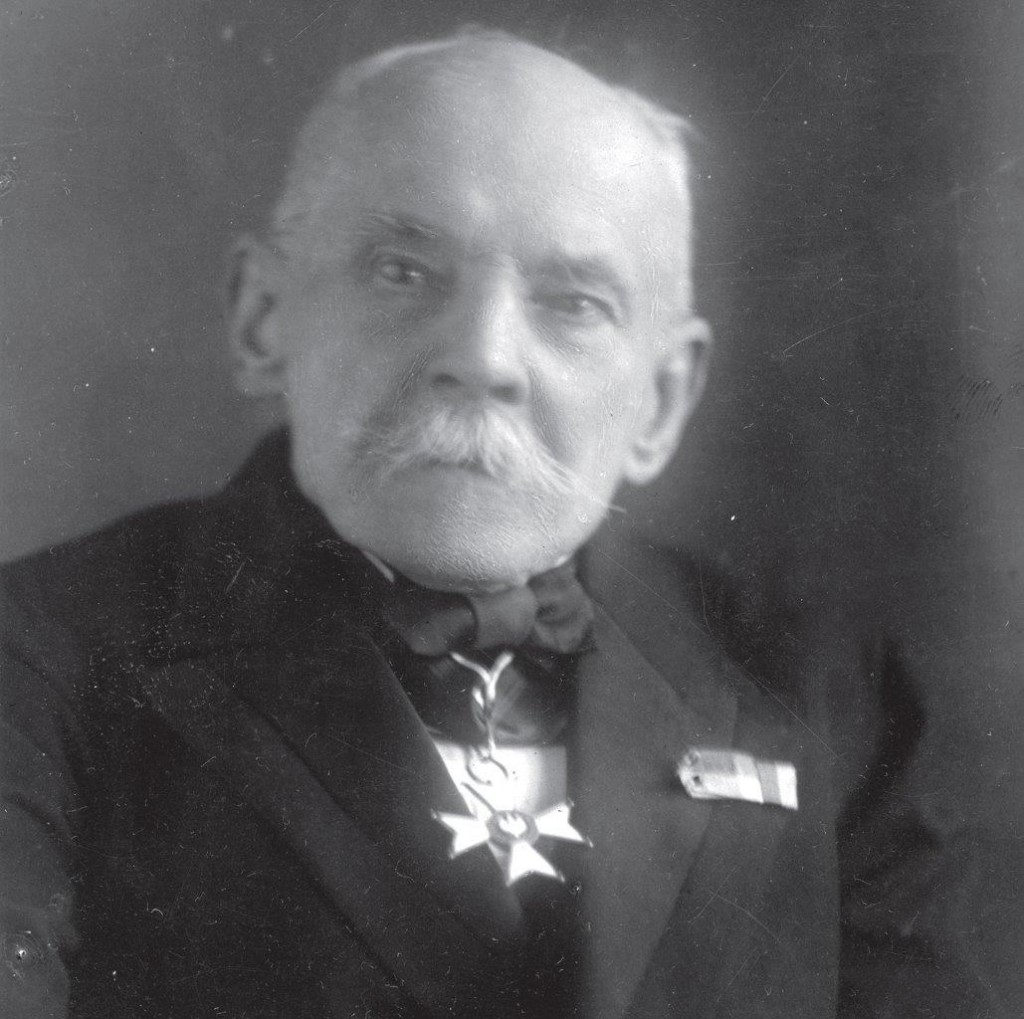Jan Rączkowski was born in Siary near Gorlice to a peasant family. He never graduated from any schools. His career can be described as from rags to riches. He was quickly promoted to qualified worker and subsequently to master. In 1888, he took a job at the mine owned by Władysław Długosz. The mine went bankrupt and both men were hired by McGarvey, the founder of the machinery factory and refinery in Gorlice, who sent them to look for oil in Boryslav.
Over the first four years, the drillings were unsuccessful and McGarvey made a decision to cease exploration. However, Rączkowski did not give up and kept drilling. When the auger broke through 12m of rock at a depth of almost 1,000m, he struck top quality oil. This is how Jaś Rączkowski discovered the Borislav deposits. From then on, he had behind-the-scenes influence in the Galician-Carpathian Oil Association. No one knew how to drill below 1,000m as well as him and no one made better decisions when it came to malfunctions. He was a well-known and popular figure in Boryslav and was always eager to help others with advice or money.
From an early age, Zenon Suszycki was interested in technology, which led him to the Faculty of Mathematics and Physics of Moscow University. He fought in the January Uprising and had to leave abroad after it was suppressed. As an emigrant in Paris, he studied at the École des mines – a mining academy – where he obtained the title of mining engineer in 1870. He returned to settle in Galicia and got involved in the development of a new industrial field, the oil industry. He got a job as manager of the oil mine in Ropianka near Dukla, where he opened Poland’s first vocational drilling school. The candidates had to meet considerable requirements – besides writing, reading, and sketching, they had to document a minimum of two years of experience working in a mine. Over the three-month-long course, the students learned the most important aspects of the machines, as well as their structure and operation. The school also promoted the new hammer drilling method.
He graduated from Higher Realschule in Kielce and from the Polish Military School in Genoa and Cuneo. He also studied economics at universities in Heidelberg, Leipzig, and Vienna. He was a member of the Polish National Government during the January Uprising. In 1868, he settled in Gorlice and took the job of head of the peasant bank. He founded Galicia’s first credit union and was elected president of the Union of Gainful and Economic Associations in Lviv. Biechoński ran the company together with Eufrozyna Dobrowolska. They managed 28 wells and employed 51 people. He wrote the book about the industry entitled: A Quick View of the Galician Oil Mining Industry.




